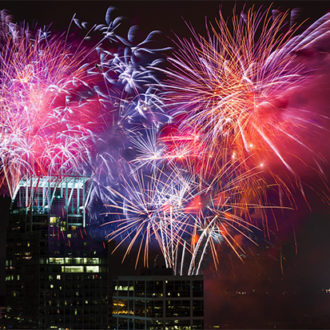Studio Techniques: One Light Photography Tutorial
Let’s say I want the wall to be hardly visible. I choose the spot meter function of my light meter and aim at the wall from the angle I’m shooting. I know that with 4.5 stops under my measurement, the wall will be 100% dark, so I first have to determine how muchdarker I want the wall. For this example, I chose 3 stops of underexposure. I know my meter will give me a value of 18% gray and
I know that my max shutter speed will be 1/125. If I just start measuring, I’ll need to increase my shutter speed, which isn’t possible with studio strobes, so I have to be smart before measuring.
If I want to underexpose by 3 stops and my meter gives me a measurement for 18% gray and the max sync speed is 1/125, the best way to measure is to lock the shutter speed on 1/15 and take the measurement. Let’s say that the value I get from the meter is f/5.6. This means that if I shoot this scene with a shutter speed of 1/15 it will render the wall as middle gray. However, I don’t want middle gray. I want the wall to be 3 stops underexposed, so I’ll raise the shutter speed 3 stops, landing it nicely at 1/125, which is my max sync speed. Now I’ll set my strobe in manual mode to read f/5.6 and take the first shot. If I find the wall to be too dark, I can change the shutter speed to let in more ambient light and balance the way the image will look.
This technique may sound incredibly complicated; however, it’s really simple and works much faster than trying to balance it with E-TTL. With these scenes, the E-TTL can be fooled rather quickly, and when zooming in on the model, it will force you to change your settings during the shoot or end up with a mess.
One could argue that you can always darken the wall in Photoshop, which is true; however, my motto is, “Why fake it when you can create it?” This way you not only learn to solve problems on the go and think fast in situations that really are tricky, but it also stuns the client looking over your shoulder because this is something that most non-photographers really can’t do with their cameras.
You may be thinking, “What if I don’t own a light meter with spot metering?” You can use the incident meter if the wall is white; however, you’ll have to remember to measure toward the light source (if that’s clearly coming from one position), and the wall has to be white to make it easy. If you’re shooting with a gray wall or any other tint, the calculation will not work with incident, but all is not lost. You can use your camera to measure the light for you. Set the camera to manual mode and spot metering, lock the shutter speed at 1/15, aim at the wall, and press the exposure lock. Your camera will give the f-stop just like the meter. The only problem with this technique is that it takes a little longer and it doesn’t work for strobes. That’s why I always advise buying a meter with a spot meter option, such as the Sekonic 558, 758, or the 358 with spot attachment.

